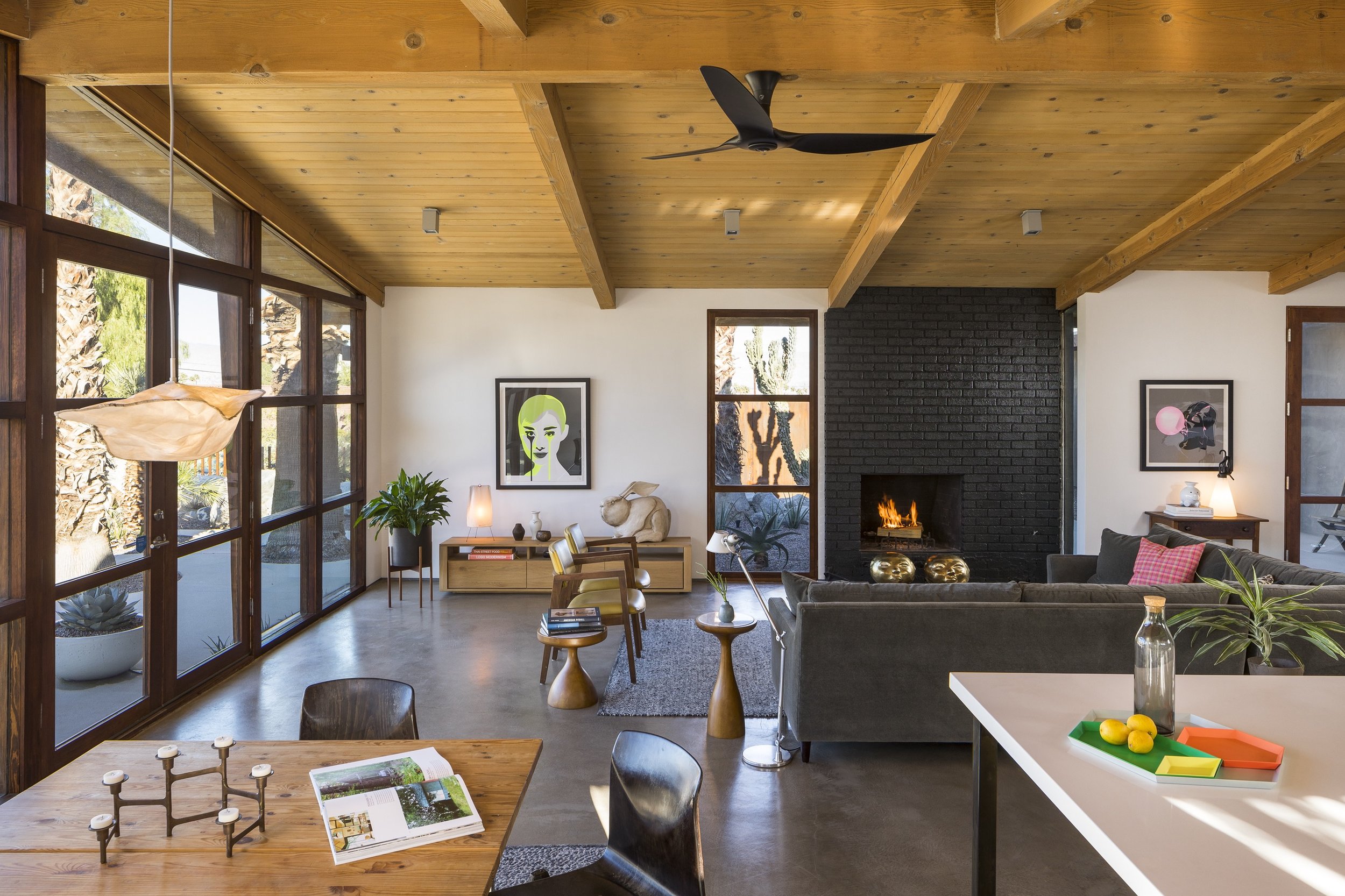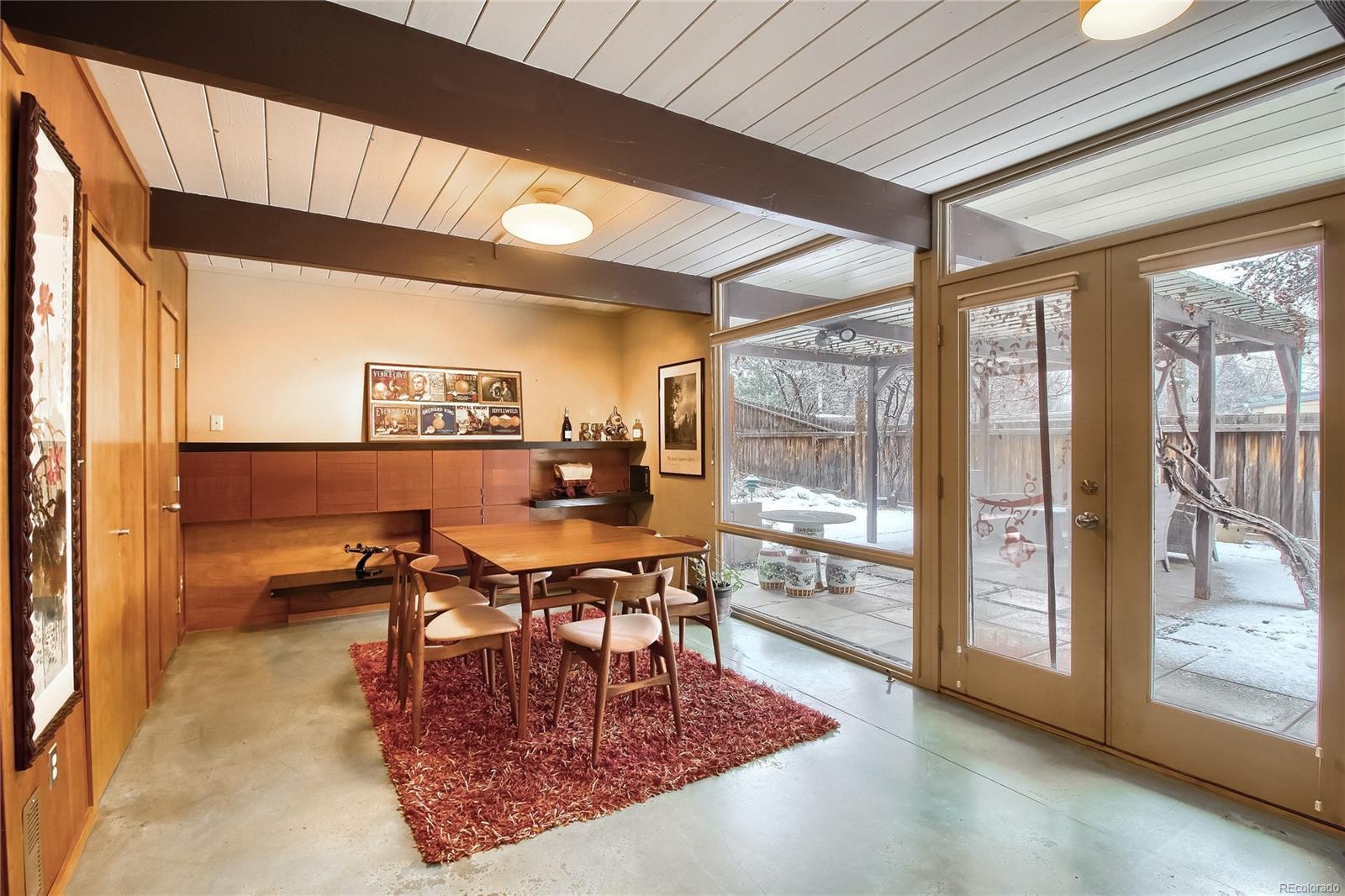
Introduction
Mid-century homes have a timeless appeal that continues to captivate homeowners and design enthusiasts alike. Renovating these classic homes can be a rewarding experience, but it requires careful planning and attention to detail. In this article, we will explore tips and insights for restoring mid-century homes, ensuring that their unique charm is preserved while also incorporating modern conveniences.
Understanding the Era

To successfully restore a mid-century home, it is important to have a deep understanding of the era it represents. The mid-century period, spanning from the 1940s to the 1960s, was characterized by clean lines, open floor plans, and a focus on integrating indoor and outdoor spaces. Familiarize yourself with the architectural styles popular during this time, such as ranch, modernist, and split-level homes.
- Research books, magazines, and online resources that showcase mid-century architecture and design.
- Visit museums and exhibitions dedicated to mid-century design to gain inspiration and insight.
- Study the work of renowned mid-century architects and designers, such as Frank Lloyd Wright and Charles Eames.
Preserving Original Features

One of the key aspects of restoring a mid-century home is preserving its original features. These features contribute to the home's character and authenticity, and their restoration can greatly enhance its value. Here are some tips for preserving and restoring original features:
- Inspect and document all existing architectural elements, such as windows, doors, and flooring. Determine which features can be salvaged and restored.
- Consult with experts in historic preservation and restoration to ensure the proper techniques and materials are used.
- Consider refinishing or repairing original woodwork, such as paneling or cabinetry, rather than replacing it.
- When replacing fixtures or appliances, choose options that are stylistically consistent with the era, such as vintage-inspired lighting or retro appliances.
Modernizing Infrastructure

While preserving the original features of a mid-century home is important, modernizing the infrastructure is equally crucial for comfort and efficiency. Upgrading the electrical, plumbing, and HVAC systems is necessary to meet current safety standards and improve energy efficiency. Here are some considerations when modernizing the infrastructure:
- Hire licensed professionals to assess and update the electrical system. This may involve replacing outdated wiring, adding additional outlets, and installing modern circuit breaker panels.
- Upgrade plumbing fixtures to improve water efficiency and prevent leaks. Consider installing low-flow toilets, faucets, and showerheads.
- Replace outdated HVAC systems with energy-efficient options. Consider installing zoned heating and cooling systems to maximize comfort and reduce energy consumption.
Open Floor Plans and Natural Light

Mid-century homes are known for their open floor plans and abundant natural light. When renovating, it is important to maintain and enhance these features to create a seamless flow and a bright, airy atmosphere. Here are some tips for maximizing open floor plans and natural light:
- Remove unnecessary walls or partitions to create larger, more open spaces. This can involve consulting with a structural engineer to ensure the home's integrity is maintained.
- Consider installing larger windows or adding skylights to bring in more natural light. This can significantly transform the look and feel of a space.
- Use light-colored paint and finishes to enhance the sense of openness and reflect natural light.
- Choose furniture and decor that complements the open layout and allows for easy movement between spaces.
Preserving Mid-Century Aesthetics

The mid-century aesthetic is characterized by clean lines, organic forms, and a minimalist approach to design. When renovating a mid-century home, it is important to preserve and enhance these elements to maintain its authenticity. Here are some tips for preserving the mid-century aesthetic:
- Choose furniture and decor that reflects the mid-century style. Look for pieces with sleek lines, organic shapes, and materials such as wood, metal, and fiberglass.
- Opt for a minimalist approach to design, avoiding clutter and unnecessary ornamentation.
- Incorporate mid-century colors such as warm neutrals, bold primaries, and earthy tones. Consider using color blocking techniques to add visual interest.
- Pay attention to details such as lighting fixtures, hardware, and flooring materials. These small elements can greatly contribute to the overall mid-century aesthetic.
Conclusion
Restoring mid-century homes requires a balance between preserving their original features and incorporating modern conveniences. By understanding the era, preserving original features, modernizing infrastructure, maximizing open floor plans and natural light, and preserving the mid-century aesthetic, homeowners can successfully renovate these timeless homes. Whether you are a homeowner looking to restore a mid-century gem or a design enthusiast fascinated by this iconic era, these tips will guide you in creating a space that honors the past while embracing the present.